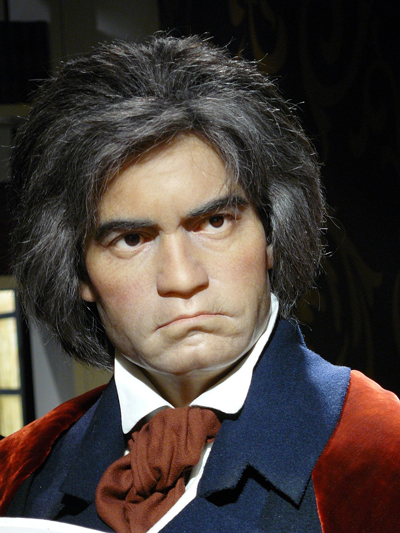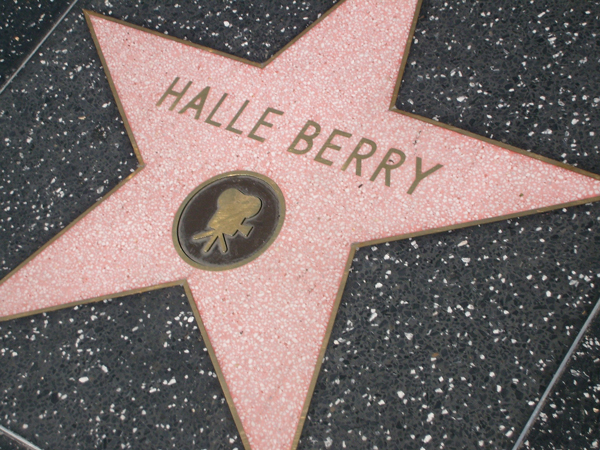When we think about interacting with each other, the first thing that crosses our mind is verbal communication. When learning a foreign language, we immediately focus on proper pronunciation – the accent, the tone, and the expressions. Now, have you ever thought about using your hands to make people understand you? And I am not talking about Italians speaking with their hands, or tourists making funny gestures to ask where the restrooms are or to get something to eat. I am talking about people that you may encounter in the subway, or sitting at a table in a restaurant, or just walking down the street, using their hands to express what we express with sounds. Welcome to the World of the Deaf and American Sign Language.
Fun Facts about the American Sign Language
– Sign Language is not universal (even British and American Sign Language differ)
– French Sign Language and American Sign Language are the most alike (see below, under A Brief History)
– The deaf don’t clap after a performance or a show; instead they wiggle their hands in the air
– Deafness is not seen as a handicap, but rather as an asset that brings its members together forming a whole community and a culture all to itself (some deaf people actually refuse implants or hearing aids for this reason)
– Sign Language is not only about signs; it also includes facial expressions, body language, hand positions, hand movements, gestures, and some sounds
– You would be amazed to find out that deaf students in a classroom are noisier than hearing students
– Instead of the conventional phone, deaf people use a tele-typewriter (TTY) on which they type a message to the receiver. The TTY signals an incoming call with a flashing light. In the same way, vibrating alarm clocks are used rather than sound alarm clocks by the deaf.
– There is a difference between ASL and SEE (Signed English): SEE has taken much from ASL, but often it modifies ASL hand shapes to incorporate the hand shape used for the first letter of the English word that the SEE sign represents. Thus, SEE can be thought of as a code for visually representing spoken English.
– Deaf culture is one-of-a-kind: Deaf people are not ashamed or embarrassed by most things. They use self-mockery, openly talk about money and good deals (see joke #3), and do not enjoy beating around the bush.
A Brief History of ASL
ASL stems from the Old French Sign Language (OFSL), back from the mid-18th century, invented by French deaf people. Abbé de l’Épée, a cleric from Paris, contributed to the spread of sign language in France. One day he witnessed two young girls signing to each other, and he realized that this language could be used to educate deaf children (as at the time nobody really paid any attention to the deaf). Then in 1771, he founded the first free Educational Institution for the Deaf in France. He also made some improvements to the OFSL so that it would convey clearer messages.
A leading figure for sign language in the United States was Thomas Hopkins Gallaudet, who was a congregational minister from Connecticut. He became interested in helping the deaf out of concern for his neighbors’ deaf daughter who he wanted to help communicate. In 1816, Gallaudet traveled to France where he visited many of the de l’Épée Schools for the Deaf, and eventually met Laurent Clerc, a deaf graduate, who taught him deaf education methods and sign language. Delighted about his teachings, Gallaudet convinced Clerc to return with him to the United States. Together, they set up America’s first School for the Deaf.
Clerc became the first sign language teacher in the United States. The schools for the deaf were very successful and the new language was established very quickly. However, Gallaudet and Clerc noted that after class, students used other signs with each other, a “natural language”.
These are the roots of ASL.
American Sign Language/Deaf Jokes
1) A deaf couple checks into a motel and go to bed early. The wife wakes her husband in the middle of the night complaining of a headache. She asks him to go to the car to get some aspirin from the glove compartment. Groggy with sleep, he struggles to get up, puts on his robe, and leaves the room to go to the car. He finds the aspirin, and with the bottle in hand he turns toward the motel. But he cannot remember which room is his. After thinking a moment, he returns to the car, places his hand on the horn, holds it down, and waits. Very quickly the motel rooms light up… all but one. It’s his wife’s room, of course. He locks up his car and heads toward the only room without a light on.
2) Four men (a Russian, a Cuban, a Deaf American, and an interpreter) are on a train. The Russian throws a half empty bottle of vodka out the window. When the deaf American and the Cuban react with surprise, he explains that “That vodka tasted bitter. Back home in Russia, we have much better vodka!” So then, the Cuban throws a half smoked cigar out the window saying, “That cigar tasted awful. Not like the ones we have in Cuba.”
Then the deaf American stands up, grabs the interpreter, and throws him out the window, signing “He used signed English.”
3) One day a blind man goes to a barber for a haircut. After the cut he asks the barber about his bill. “I am sorry, I cannot accept money from you I am doing community service for the handicapped this week.” The blind man is pleased and leaves the shop. The next morning when the barber goes to open his shop, there is a thank you card and a dozen roses waiting at his door.
Later a man in wheelchair comes in for a haircut and he also goes to pay the barber, and the barber replies: “I am sorry I cannot accept money from you. I am doing community service for the handicapped this week.” The man in the wheelchair is happy and leaves the shop. The next morning the barber goes to open his shop; there is a thank you card and a box of dozen muffins waiting at his door. A deaf man comes for a haircut and when he asks the barber what he owes, the barber writes on paper: “I am sorry I cannot accept money from you. I am doing community service for the handicapped this week. The deaf man is very happy and leaves. The next morning when the barber goes to open his shop, there are a dozen deaf people waiting at his door.
Famous Deaf People and American Sign Language
Ludwig van Beethoven – a deaf pianist and composer from Germany
Sue Thomas – first deaf person to work as an undercover investigator doing lip-reading of suspects for the FBI
Heather Whitestone – first deaf woman to win the ‘Miss America’ title
Luis Buñuel – Spanish surrealist filmmaker and poet
Thomas Edison – American inventor
Francisco Goya – Spanish painter
Rob Lowe – American actor, completely deaf in right ear
Pierre de Ronsard – French poet
Jane Lynch – Famous actress known for her starring role on the hit TV series “Glee”. She is deaf in one ear
Halle Berry – 2001 Best Actress Academy Award winner claims that she has 80% hearing loss in one ear due to domestic abuse
Dummy Hoy – First deaf major-league baseball player
About Language Connections:
Language Connections is one of the top language service companies in the US. Over the last 30 years, we’ve focused on providing the best business translation services, interpreting services, as well as interpreter training and customized language training programs. In addition to top-tier corporate language training, we offer certified corporate interpreters and professional business translation services in 200+ languages. Our network includes linguists with backgrounds in all major industries. They’re ready to meet your needs, whether they’re for technical translation services, legal translation, government translation services, international development translation services, education translation services, life sciences translation, or something else. Reach out to us today for a free quote on our cost-efficient and timely translation services, interpreters, or other linguistic services.
Language Connections LLC
2001 Beacon Street, Suite 105,
Boston, MA 02135
Phone: +1-617-731-3510
Email: service@languageconnections.com




